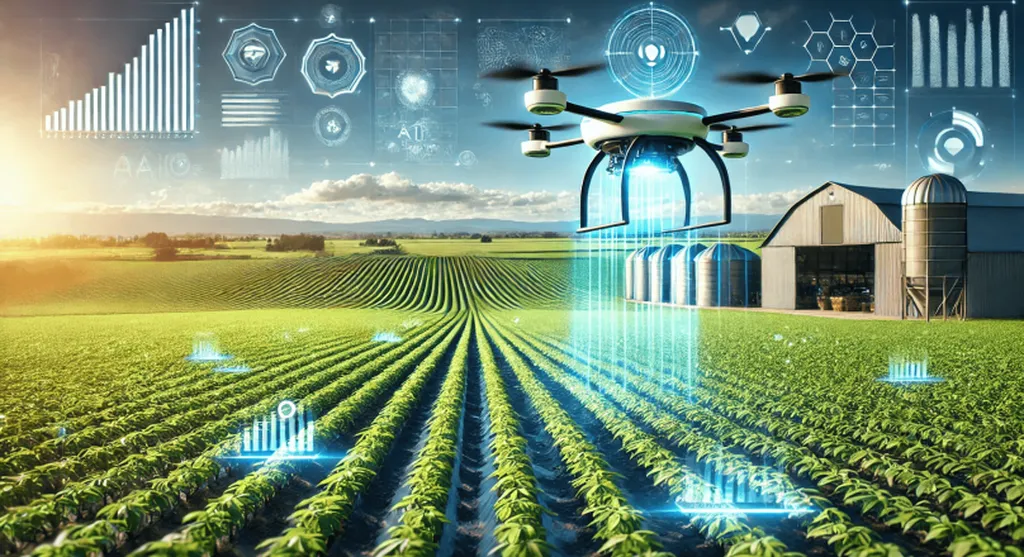In the heart of India’s agricultural landscape, a groundbreaking development is taking root, promising to revolutionize how farmers protect their crops. Sunny Kumar Sharma, a researcher from the Agricultural and Food Engineering Department at the Indian Institute of Technology Kharagpur, has spearheaded a project that marries artificial intelligence with precision agriculture to create an early disease detection and treatment system. This innovation, detailed in a recent study published in *Cogent Food & Agriculture* (which translates to *Thoughtful Food & Agriculture*), could significantly reduce pesticide use, lower costs, and minimize environmental impact.
The system Sharma and his team have developed is a sophisticated integration of computer vision and robotics. At its core lies a custom Convolutional Neural Network (CNN) model, trained to identify and classify plant diseases with remarkable accuracy. “Our model achieved a training accuracy of 92.7% and a validation accuracy of 92.8%,” Sharma explains, highlighting the model’s precision. This custom model outperformed pre-trained models like VGG16, InceptionV3, and ResNet50, demonstrating its potential to be a game-changer in the field.
The system’s capabilities don’t stop at disease detection. It also includes a real-time variable rate spraying mechanism, ensuring that pesticides are applied precisely where and when they are needed. This is a significant departure from traditional spraying methods, which often result in overuse of chemicals. “With our system, we achieved 83.3% prediction efficiency, 83.3% correct dose accuracy, and 100% spray coverage accuracy,” Sharma adds, underscoring the system’s effectiveness.
The implications of this research are vast. For farmers, it means reduced costs and increased yields. For the environment, it translates to less chemical runoff and a smaller carbon footprint. And for the energy sector, it opens up new avenues for innovation. As agriculture becomes more precise and efficient, the demand for energy solutions tailored to these needs will grow. This could spur developments in areas like renewable energy integration, energy-efficient farming equipment, and smart grid technologies.
Sharma’s work is a testament to the power of interdisciplinary research. By bringing together AI, robotics, and agricultural science, he and his team have created a system that could reshape the future of farming. As we look ahead, the integration of such technologies will likely become a cornerstone of sustainable agriculture, driving progress and innovation in the energy sector and beyond.
In the words of Sharma, “This integrated approach reduces pesticide wastage, enhances crop protection, and contributes to sustainable agricultural practices.” And as the world grapples with the challenges of climate change and food security, these are words worth heeding.

